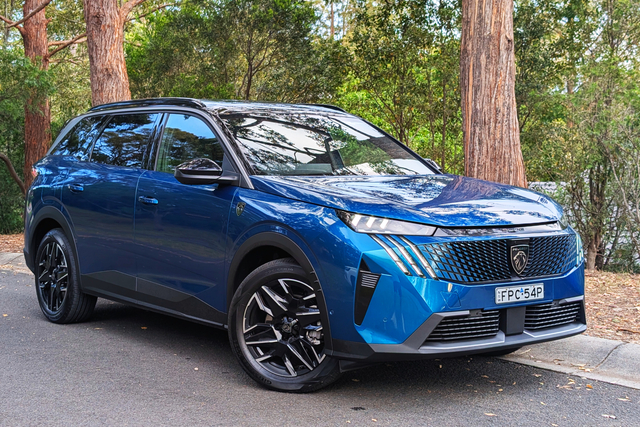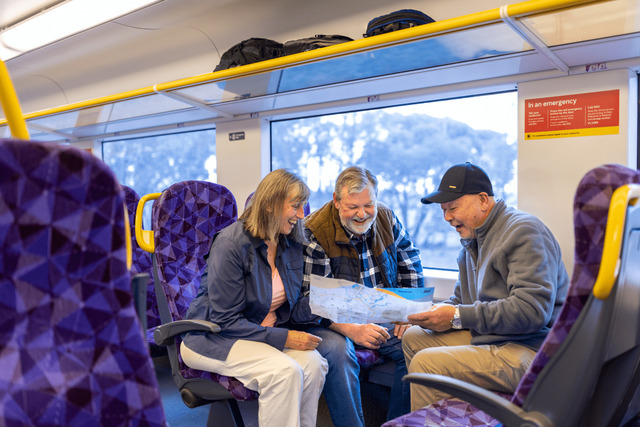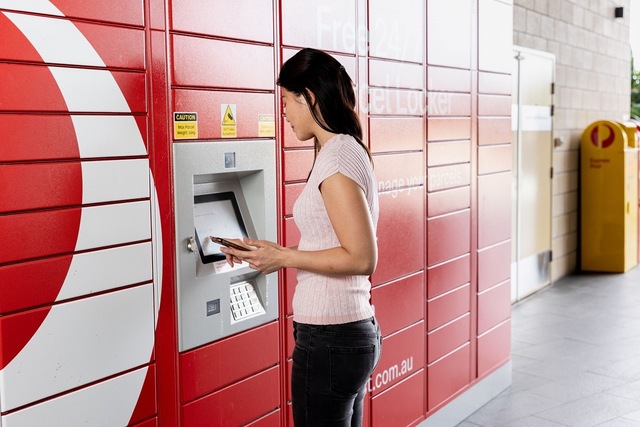Ambulances are reaching patients in the region faster than they have in two years despite dealing with the highest ever demand for their services.
Ambulance Victoria (AV) brought the average response time to Code 1 “lights and sirens” cases in the Greater Geelong area down to 13 minutes and 46 seconds in the October-December 2023 quarter.
AV has achieved this reduction in response times, the region’s lowest since October-December 2021, during a period where Geelong recorded a record-breaking 7718 call-outs.
That number makes the Greater Geelong area the second busiest in the state, with the region’s number of Code 1 cases – 4907 – making up nearly five per cent of Victoria’s total workload.
Barwon South West regional director Jerome Peyton said the average response time across Victoria was now under 15 minutes for the first time in more than two years.
“While there is more work ahead of us, it is encouraging our response to Code 1 emergencies improved a full minute and 46 seconds across Victoria compared to a year ago,” Mr Peyton said.
“The Productivity Commission’s recent Report on Government Services shows Victoria has Australia’s most trusted paramedics and leads the nation in cardiac arrest survival and pain management.
“Our dedicated paramedics and first responders are to be commended for the outstanding care they deliver to communities across the state.”
AV executive director of clinical operations Anthony Carlyon said the increased use of alternative and virtual care services for people in the community was a factor in the improved performance.
“From October to December 2023, 38,695 people who did not need an emergency ambulance were instead connected to more appropriate care by paramedics and nurses in AV’s secondary triage team,” Mr Carlyon said.
“For non-life-threatening matters, you can connect directly with emergency doctors and nurses at the Victorian Virtual Emergency Department (VVED) from anywhere in Victoria, at any time.
“Since October 2021, paramedics have referred more than 56,000 patients to the VVED, while a further 5,400 have been referred to the VVED following assessment by our secondary triage team.
“While we continue to work with hospitals to improve transfer times, avoiding unnecessary ambulance attendances and trips to hospital, relieves pressure in the health system and means paramedics are more available for emergencies in the community.”









